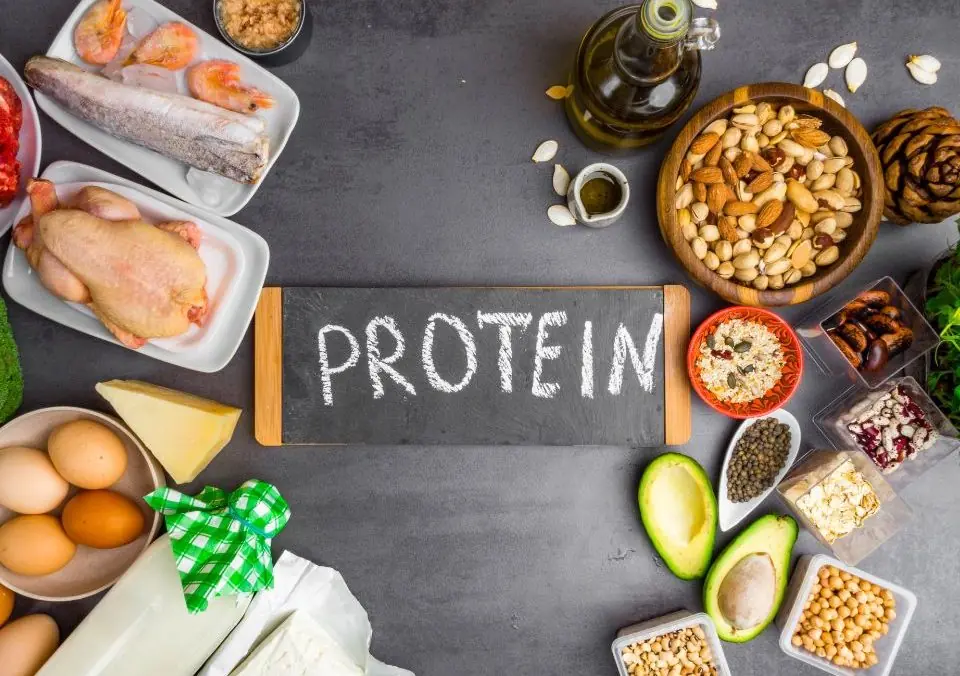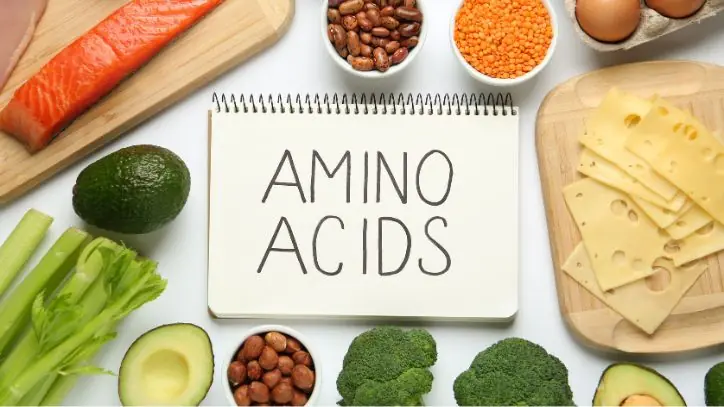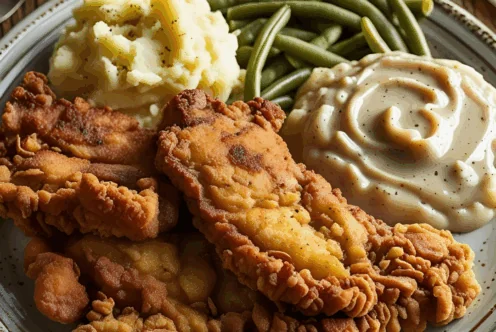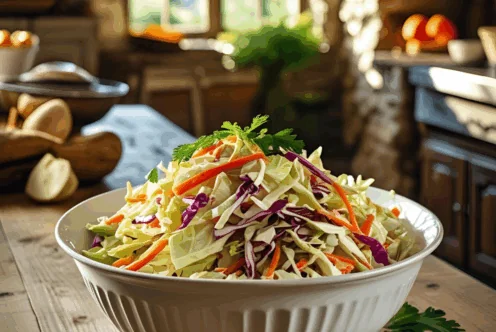Blog
Plant Protein Vs. Animal Protein – Main Differences

In recent years, the discussion surrounding protein sources has gained considerable attention, particularly with the rise of plant-based diets. Advocates for plant-based proteins often tout their health benefits, while others hold firm in their belief that animal proteins are superior. This debate invites a closer examination of the fundamental differences between plant-based and animal protein sources. Are these distinctions merely superficial, or do they carry significant implications for our health and diet?
1. Understanding Protein: The Basics
Proteins are essential macromolecules made up of chains of amino acids. The human body requires 20 different amino acids to function optimally, among which nine are considered essential, meaning they must be obtained through dietary sources. The remaining eleven can be synthesized by the body itself. The critical aspect to note is that not all protein sources provide these essential amino acids in balanced amounts, leading to the classification of proteins into two main categories: complete and incomplete proteins.
- Complete Proteins: Animal proteins (meats, dairy, eggs) are classified as complete proteins because they contain all nine essential amino acids in adequate proportions.
- Incomplete Proteins: Most plant proteins (such as legumes, grains, and vegetables), on the other hand, are considered incomplete because they lack one or more of the essential amino acids.
For those following a vegetarian or vegan diet, it’s important to combine different plant protein sources to ensure all essential amino acids are ingested.
2. Amino Acid Profile
One of the most significant differences between plant and animal proteins lies in their amino acid profiles. While animal proteins provide all essential amino acids, plant proteins often lack one or more, making it vital for vegetarians and vegans to plan their diets carefully. For instance, beans may be low in methionine, while grains might lack lysine.
Some popular combinations that provide complete protein profiles include:
- Rice and Beans: Together, they form a complete protein by complementing each other’s amino acid deficiencies.
- Peanut Butter on Whole Grain Bread: This classic snack also offers a complete amino acid profile.
Despite the incomplete nature of most plant proteins, many plant-based diets can meet protein needs when various sources are combined adequately.

3. Digestibility and Bioavailability
Another factor worth discussing is the digestibility and bioavailability of the protein from various sources. Animal proteins generally have a higher digestibility score and bioavailability compared to plant proteins. For example, the protein digestibility-corrected amino acid score (PDCAAS) rates the quality of protein based on the amino acid requirements of humans and their ability to digest it. Many animal proteins score close to 1.0 (the highest score), while most plant proteins score lower, indicating they may be less efficiently utilized by the body.
The higher digestibility of animal proteins is attributed to their amino acid balance and presence of certain digestive enzymes, which can make nutrition from these sources easier and more effective source.
4. Iron Content and Absorption
Iron is another crucial nutrient where plant and animal proteins diverge. There are two types of iron found in food: heme iron, which is derived from animal sources, and non-heme iron from plant sources. Heme iron, found in meats, is more easily absorbed by the body compared to non-heme iron, which is the form found in plant foods.
The significance of heme iron:
- Heme iron absorption rates range from 15-35%, whereas non-heme iron absorption is typically around 2-20%.
- This difference means that individuals relying primarily on plant sources for their iron intake may need to consume significantly more iron-rich foods to meet their dietary requirements.
For those following plant-based diets, it can be helpful to pair non-heme iron sources (like lentils and spinach) with vitamin C-rich foods (like citrus fruits or bell peppers) to enhance iron absorption source.
5. Protein Density and Caloric Content
When considering the overall protein content relative to caloric intake, animal proteins generally provide more protein per calorie compared to many plant proteins. For example, lean animal meats often contain 20-30 grams of protein per 100 calories, while plant proteins (like beans) may only offer 5-10 grams of protein per the same caloric amount.
This aspect is critical for individuals monitoring their caloric intake or those trying to build muscle mass effectively. The high protein density of animal proteins makes them an efficient choice for those pursuing muscle gain or recovery following intense physical activity.
6. Additional Nutrients: Vitamins and Fats
Beyond protein, it’s essential to consider the broader nutritional profiles of plant versus animal proteins. Animal proteins tend to be rich in several nutrients that are crucial for overall health:
- Vitamin B12: Critical for red blood cell formation and neurological function, Vitamin B12 is primarily found in animal products, making it challenging for vegetarians and vegans to obtain enough. Supplementation or fortified foods may be necessary.
- Omega-3 Fatty Acids: While plant sources like flaxseed and walnuts contain ALA (a type of omega-3), animal sources like fatty fish (salmon, sardines) provide EPA and DHA, which are more readily utilized by the body.
Plant proteins, however, offer significant health benefits as well:
- Fiber: Plant-based foods are generally high in fiber, which is beneficial for digestive health and can aid in weight management.
- Phytonutrients: Many plant foods contain compounds that have anti-inflammatory and antioxidant properties, which can contribute to overall health and well-being.
7. Environmental Considerations
The environmental impact of protein sources cannot be overlooked in this discussion. Animal protein production generally has a higher carbon footprint, greater water usage, and requires more land than producing plant proteins. Concerns about sustainable farming practices have prompted many individuals to consider reducing their meat intake for environmental reasons.
Conversely, plant-based diets can significantly reduce greenhouse gas emissions and lessen resource consumption. For those concerned with both health and environmental sustainability, incorporating more plant-based proteins—while not eliminating animal proteins entirely—can be a balance worth striking.
8. Personal Health Considerations
When evaluating whether to choose plant or animal proteins, individual health conditions and dietary preferences must be factored in. For instance:
- Digestive Issues: Some individuals may have trouble digesting certain animal proteins or products due to lactose intolerance or other allergies.
- Chronic Health Conditions: Those at risk for heart disease may benefit from incorporating more plant proteins due to their lower saturated fat content.
Conclusion
In conclusion, both plant and animal proteins offer unique benefits and drawbacks. Animal proteins provide all essential amino acids, higher digestibility, better iron absorption, and increased protein density per calorie. On the other hand, plant proteins offer vital nutrients, fiber, and often come with lower environmental impacts.
Ultimately, a balanced diet that incorporates both plant and animal proteins, tailored to individual needs and preferences, may be the best approach for achieving optimal health. If you’re considering dietary changes, consulting with a healthcare professional or a registered dietitian can help guide your choices based on your personal health goals and nutritional needs.
For those residing in areas like Arizona, local farmers contribute significantly to protein production. Look out for locally raised meats, dairy products, and fresh eggs the next time you’re at the grocery store. By choosing local, you not only support your health but also sustain the agricultural community around you.
For more health-related articles and insights, explore the Fill Your Plate blog.
By Heide Kennedy, Arizona Farm Bureau Communications Intern

















